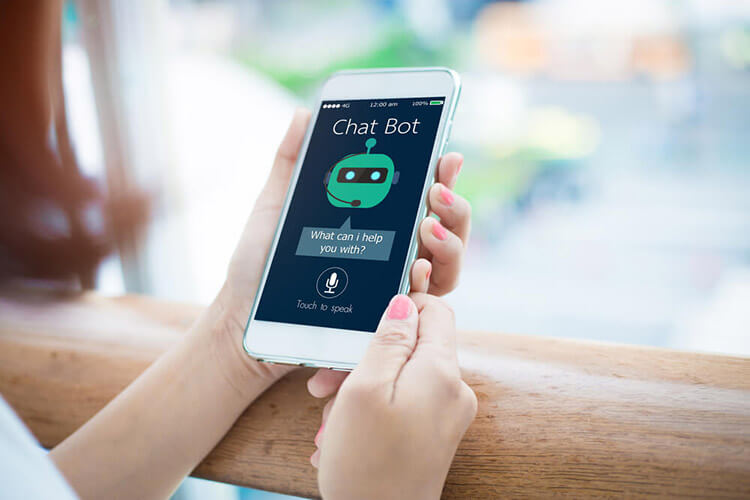
Step 1: Understand the use cases of the chatbot Let’s look at how we can create our own customized chatbot using GPT-4. However, it cannot synthesize images on its own. It can be used for purposes like generating automated captions and answering questions based on the input image. It can synthesize stories, poems, essays, etc., and respond to users with some emotion.Īnother impressive feature of GPT-4 is that it is capable of analyzing images. It is trained to solve more complex problems and understands dialects that are extremely hard for any other language model to understand as dialects vary from place to place. GPT-4: This latest version is 10 times more advanced than its predecessor.
#MAKE A CHATBOT APP WITH NODE JS 2018 FREE#
It’s incorporated in ChatGPT in a free version.Ĥ. It performs all the tasks that GPT-3 does but more accurately.

GPT-3.5: This is a more advanced version of GPT-3. Another feature called "in-context learning" allows the model to learn from the inputs simultaneously and adjust its answers accordingly.ģ. This is achieved through pre-training on very diverse datasets.Ĭ. OpenAI introduced a new feature called "few-shot learning" and "zero-shot learning" which allows the model to perform well on tasks on which it is not trained. It is trained on 175 billion parameters, making it much larger than GPT-2.ī. GPT-3: It is more robust and advanced than GPT 2. It has a feature to limit the number of predictions which prevents it from generating inappropriate or misleading text.Ģ. It was trained on a much larger corpus of data with nearly 1.5 billion parameters, enabling the model to study more complex patterns and generate more human-like text.ī. Let’s look at the special features of each one of them in brief:ġ. Over time, OpenAI released several advanced versions of GPT. Thus, GPT has a variety of applications in text classification, machine translation, and text generation.

This allows the model to learn the patterns and relationships in the language data so that it can generate coherent and contextually appropriate text. The output from the final layer is used to get the predicted text.īased on the previous words, GPT uses this concept to predict the next word in a sentence. Each layer takes input from the previous layer, processes it using self-attention and feed-forward layers, and then passes its output to the next layer in the architecture. GPT has several layers of transformers stacked over each other. Transformer is a type of neural network architecture that uses a self-attention layer to identify the relationships between different parts of the input, such as words in a sentence. It is primarily based on the concept of transformers, which forms the basis of its algorithm.

It has outperformed several other AI language models like Google’s BERT. It is a language model developed to get text as if it were generated by humans. GPT stands for Generative Pre-Trained Transformer, a flagship model released by OpenAI in 2018.


 0 kommentar(er)
0 kommentar(er)
